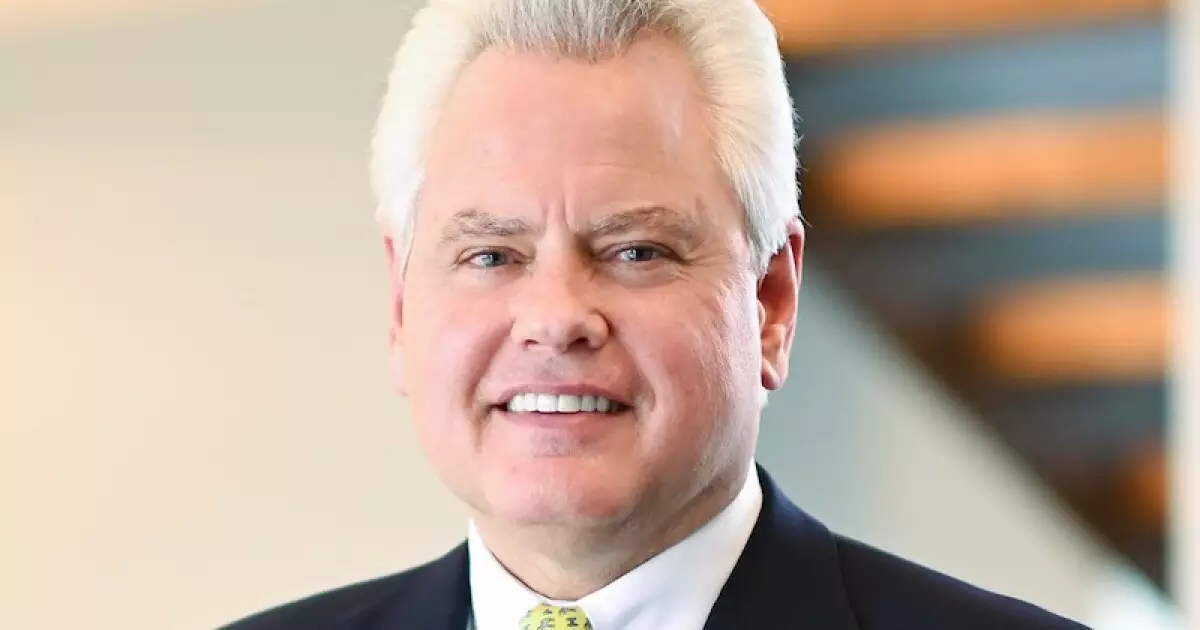In an ambitious move that could have dramatically reshaped the landscape of online higher education in Idaho, the University of Idaho (UI) and the University of Phoenix recently suspended their negotiations for a strategic buyout. After two years of negotiations, this decision serves not just as a failed procurement but as a poignant reflection of the complexities inherent in higher education’s evolving landscape, especially for institutions striving to maintain relevance. The proposed acquisition was expected to be transformative—aimed at bolstering access to educational resources for adult learners in a state where educational opportunities can sometimes feel limited.
The Weight of Financial Considerations
The financial framework underpinning this deal was daunting. The strategic partner was supposed to issue $685 million in bonds to finance the acquisition, a staggering amount that would have pushed the university’s debt to unprecedented levels. As highlighted by Moody’s analysts, this move represented a “substantial increase” in debt, consequently raising alarms regarding UI’s fiscal health. Given that UI had only about $130 million in rated debt available as of mid-2023, the implications of such a financial leap could very well have jeopardized their A1 rating. What has become increasingly clear is that the path to innovation and opportunity must be navigated with fiscal prudence—a reality that UI seems to have acknowledged just in time.
Political Ramifications and Skepticism
It’s no secret that any major move in higher education isn’t just met with academic scrutiny; it faces political challenges as well. The proposed coordination faced a wary audience from Idaho lawmakers, further complicating an already fraught atmosphere. Lawmakers were not just skeptical but armed with concerns over the legality of the board’s handling of the negotiations—worries that could threaten the legitimacy of the acquisition itself. The intervention by Idaho Attorney General Raul Labrador, who raised alarms over potential opaque practices, underscored the heightened scrutiny surrounding the matter. This skepticism, compounded by ethical concerns, created a context in which clear governance and accountability became paramount.
The Role of Leadership in Charting New Paths
Leadership, as embodied by University President Scott Green, played a pivotal role in the decision to terminate the negotiations. In his statement, Green expressed that the acquisition had become “cost prohibitive, and potentially distracting” from university objectives. This revelation speaks volumes about the challenges academic leaders face; the balance of ambition and sound judgment often dictates long-term institutional stability. While the aspirations of Greed and his administration were commendable—aiming to broaden educational access and incorporate workforce training through acquiring expertise—the need for a sustainable financial strategy ultimately won out over immediate expansion.
Exit Fees and the Financial Fallout
As the discussions came to a halt, UI wasn’t left empty-handed; they are set to receive a termination fee of $17.24 million, again indicative of the high stakes involved. This financial reimbursement, despite its significance, serves as a reminder that even a well-intentioned partnership can experience a downturn. For many observers, though, this amount feels trivial in comparison to what was being risked. Higher education institutions can sometimes operate like ships adrift in an ocean of challenges—where a single standoff can shift the course for them for the foreseeable future. It raises an alarming concern: are universities tying themselves to financially constrictive models when they should be innovating in ways that are more sustainable?
Looking Forward: The Quest for Strategic Directions
Despite this setback, both institutions have vowed to continue seeking innovative pathways to achieve their educational objectives. The University of Phoenix’s spokesperson mentioned that they would persistently evaluate strategic opportunities that align with their mission. For UI, the focus must now shift to creating robust programs that cater to adult learners and online students—without falling into the lure of easy shortcuts presented by acquisitions that may not provide long-term stability. Given the unique challenges faced in today’s education climate, the focus must transform towards building partnerships that are grounded in solid financial logistics and mutual benefits.
As we reflect on this unfolding narrative, it serves as a lesson for other universities pondering similar strategic moves. The ambitious endeavor to weave together online education with traditional institutions is not merely a matter of financial ability but is deeply intertwined with ethical governance, fiscal health, and public partnership. The road ahead may be rocky, but the potential for a brighter educational future remains brightly illuminated for those ready to steer the ship with caution and purpose.


Leave a Reply